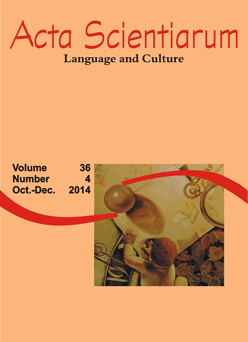<b>The paradigm of description in ethnographic translation: the translator Levi-Strauss in <i>Tristes Tropiques
Abstract
Published in 1955, Tristes Tropiques by Claude Levi-Strauss is an account of the journey that the author and ethnographer made on the American continent, especially in Brazil, in 1930. With a free poetic style not restricted by the austerity of scientific work, Levi-Strauss introduced a reflection that established a crucial rupture in ethnographic studies and in the humanities in general, or rather, the rupture of the gaze. His aim is not precisely the culture of the indigenous people in Brazil, but Levi-Strauss himself as the subject of the gaze. How may one grasp an object that changes as one gazes at it? How does the gaze affect the object while gazing, observing, analyzing, describing, and translating it? Current essay discusses what the translator does to the speech of the other when translating it. Different translation strategies from Portuguese into French proposed by Levi-Strauss in Tristes Tropiques are discussed. Conceiving ethnographic translation from the description paradigm and as an encounter of cultures (but not as replacement), the author analyzes the process performed within the gap between the gaze experience and the production of speech of such gaze to understand the value produced at the end of the axis corresponding to the ethnographic translation-description.
Downloads
DECLARATION OF ORIGINALITY AND COPYRIGHTS
I Declare that current article is original and has not been submitted for publication, in part or in whole, to any other national or international journal.
The copyrights belong exclusively to the authors. Published content is licensed under Creative Commons Attribution 4.0 (CC BY 4.0) guidelines, which allows sharing (copy and distribution of the material in any medium or format) and adaptation (remix, transform, and build upon the material) for any purpose, even commercially, under the terms of attribution.
Read this link for further information on how to use CC BY 4.0 properly.




















6.png)









